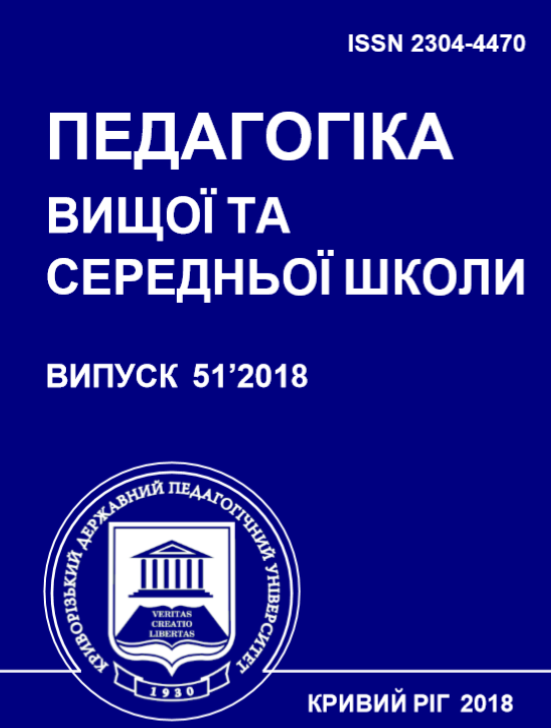Computer Simulation of Biological Processes at the High School
DOI:
https://doi.org/10.31812/pedag.v51i0.3653Keywords:
modelling, computer simulation, ideal population, the law of Hardy — Weinberg, statistical methods, evolution factor, natural selection, genetic structure of population, microevolution, diagram, graphs, the law of large numbersAbstract
Komarova O. V. and Azaryan A. A. Computer Simulation of Biological Processes at the High School.
Research goals: the necessity of study in high school of the law of Hardy — Weinberg as one of the fundamental genetic laws was justified. The peculiarities of using the method of model experiment in the study
of the genetic and evolutionary processes in populations with the use of computer technology. Object of research: computer simulation of population genetic structure. Subject of research: computer simulation of genetic and evolutionary processes in ideal and real populations. Research methods: pedagogical experiment (survey), analysis of scientific publications on the use of the high school method of modelling genetic and evolutionary processes in populations, computer simulation. Results of the research: a web page for processing by the pupils of the modelling results of genetic and evolutionary processes in populations was created.
Downloads
References
Hammersmith, R. L., Mertens, T. R.: Teaching the Concept of Genetic Drift Using a Simulation. The American Biology Teacher. 52 (8), 497–499 (1990). DOI: https://doi.org/10.2307/4449186
Mertens, T. R.: Introducing Students to Population Genetics and the Hardy-Weinberg Principle. The American Biology Teacher. 54 (2), 103–108 (1992). DOI: https://doi.org/10.2307/4449417
Mertens, Т. R.: Introducing Students to Population Genetics and the Hardy-Weinberg Principle. In: Moore, R. (ed.) Biology Labs That Work: The Best of How-To-Do-Its, pp. 171–179. National Association of Biology Teachers, Reston (1994).
Maret, T. J., Rissing, S. W.: Exploring Genetic Drift & Natural Selection Through a Simulation Activity. The American Biology Teacher. 60 (9), 681–683 (1998). DOI: https://doi.org/10.2307/4450580
Mukhopadhyay, C. C., Henze, R., Moses, Y. T.: How Real is Race? A Sourcebook on Race, Culture, and Biology (2nd Edition). AltaMira Press, Lanham (2014).
Pongsophon, P., Roadrangka, V., Campbell, A.: Counting Buttons: demonstrating the Hardy-Weinberg principle. Science in School. 6, 30–35 (2007).
Downloads
Published
Issue
Section
License
Copyright (c) 2018 Олена Комарова, Альберт Азарян

This work is licensed under a Creative Commons Attribution 4.0 International License.




